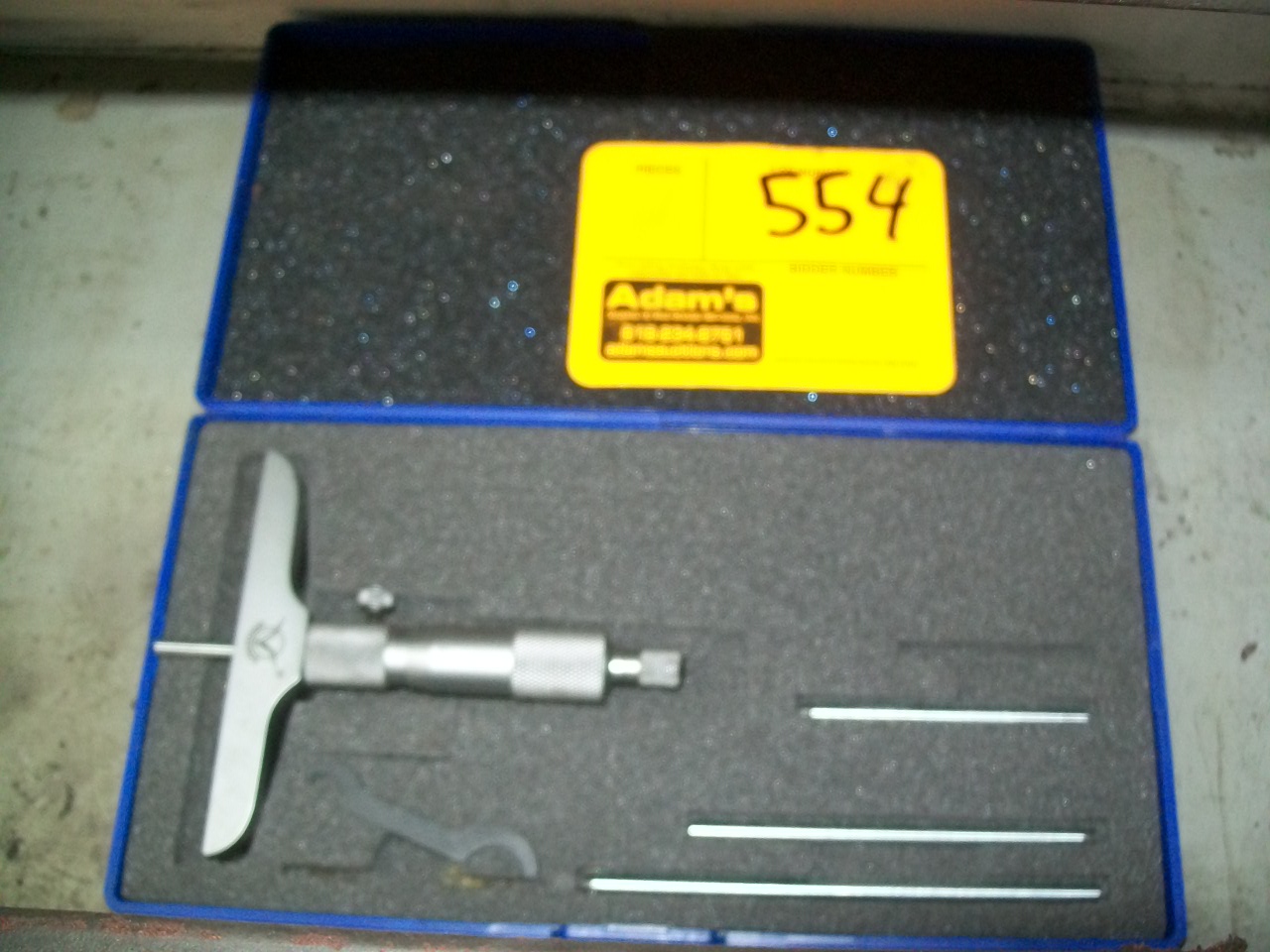
It only takes a few easy steps to learn, even if you have never done any kind of plumbing work prior.Ī decrimper works more like pliers and features one cutting edge while the other jaw has a rounded anvil. These seals are the easiest to remove with the right tool at hand. Copper Crimp RingĬalibrated pliers known as Pex crimpers mashes the copper rings on to fittings and tubing to make a connection. Take caution and wear gloves to avoid getting cuts from the sharp edges around the clamp. These tools come in various sizes, so keep in mind the size of the project you are working on. Once hooked, gently squeeze or rotate the device until you hear a click indicating that the ring is opened. Slide the tool under the crimped part of the ring. Use a rag to clean the space around the cinch clamp to clear any dirt and dust present. Thanks to the manifold fitting on most PE systems, you can easily rotate the right water supply valve to turn it off. When it comes to removing the PEX cinch connection, you need the following tools.Įnsure that you shut off the water supply of the PEX connection that you want to fix. When a connection is made between a PEX tubing and fitting, the clamp ring forms a loop. They are quite challenging to remove due to the stainless steel material curling up to form rings. Stainless Steel Crimpsīasically, a stainless ring has nubs and punches that compress on to the PEX pipe and fittings to create a tight seal. The tubing will quickly come off with a little twist. Apply heat directly on the pipe until it softens and expands. In this style, a heat gun or blow dryer is your best friend. Once done, use pliers to remove the remaining end of pex tube from the fitting.Īnother method of removing Pro-PEX is by using heat.Sure, it may show some scratches where metal meets metal. A razor knife is an ideal choice for cutting off pex tubing from the fitting. Be careful during this process to avoid damaging the burrs on the fitting, which may cause leaks. From there, proceed to cut the pex ring from the fitting using a hacksaw.By placing the tool a few centimeters away from the fitting, you avoid damaging the fitting. It creates 90 degrees cut on various sizes of tubes ranging from 1-inch to 3/8 inches’ diameter. With PEX cutter, you are assured of a neat burr-free cut.

When it comes to removing the fitting, you have an option to use a PEX cutter or hacksaw.Proceed to split the ring at the cut edge and then pull it off. After cutting through the ring, insert a screwdriver in the cut and twist.Cutting at an angle is more suitable because it provides grip and enough space to use tools in small areas. While you can also cut it square, it leaves you with little room to move. First, you have to cut the fitting either spirally or at an angle.Steps Involved in Removing The PEX Fittings Also, choose the size of your hacksaw depending on the space around the fitting. Avoid using fine-toothed hacksaw since the crimp ring is made of soft plastic material. A regular hacksaw, handheld, or miniature hacksaw will do fine. The Pro-PEX crimp rings are simple to remove without any need for special tools. Pro-PEX fittings and rings create compression seals through expansion style. This is because the tools needed to make seals are quite expensive. Although you may come across this kind of fittings in stores, it is rarely used by a handymen or typical homeowners. This Pex tube has a pex ring with a relatively larger diameter that holds a fitting in place. Methods of Removing Different Types of PEX Crimp Rings Pro-PEX Rings or Fittings You will also find out the tools you may need as well. Read on to understand different types of PEX crimp rings and various ways to remove them.
#Pex depth gauge how to#
Whether you are remodeling, repairing, or just correcting faulty connections, knowing how to remove Pex rings is crucial.

While plumbers use specialized tools for this job, homeowners improvise with available tools. Both professionals and DIYers have different ways of removing them. There are three kinds of crimp rings used on PEX tubing. Its flexibility allows it to be bent in different angles, not forgetting its resistance to build up and scales.

PEX has gained popularity in recent years due to its ease of installation and multiple applications.


 0 kommentar(er)
0 kommentar(er)
